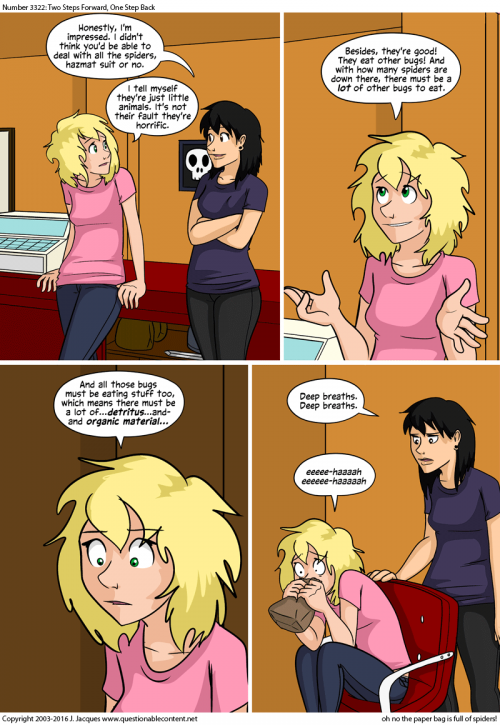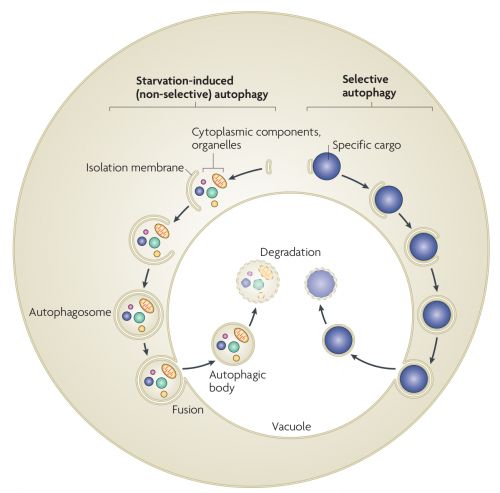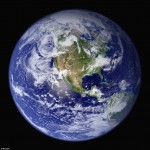The Nobel in Physics has been awarded for research on exotic matter, but I think you’d be better off looking for a physicist to explain it. I’m sure it’s good work and that the three scientists are deserving, but I just have to leave this fact on the table.
No Nobel Prize has come close to being equitably distributed by gender, but physics has the worst record of them all. Zero women have won it in the past 50 years. Exactly two women have won it ever.
Again, this does not detract from the accomplishments of Thouless, Haldane, and Kosterlitz, but it does make one wonder how much further physics would have progressed if it didn’t have a culture that discouraged half of humanity from participating.







